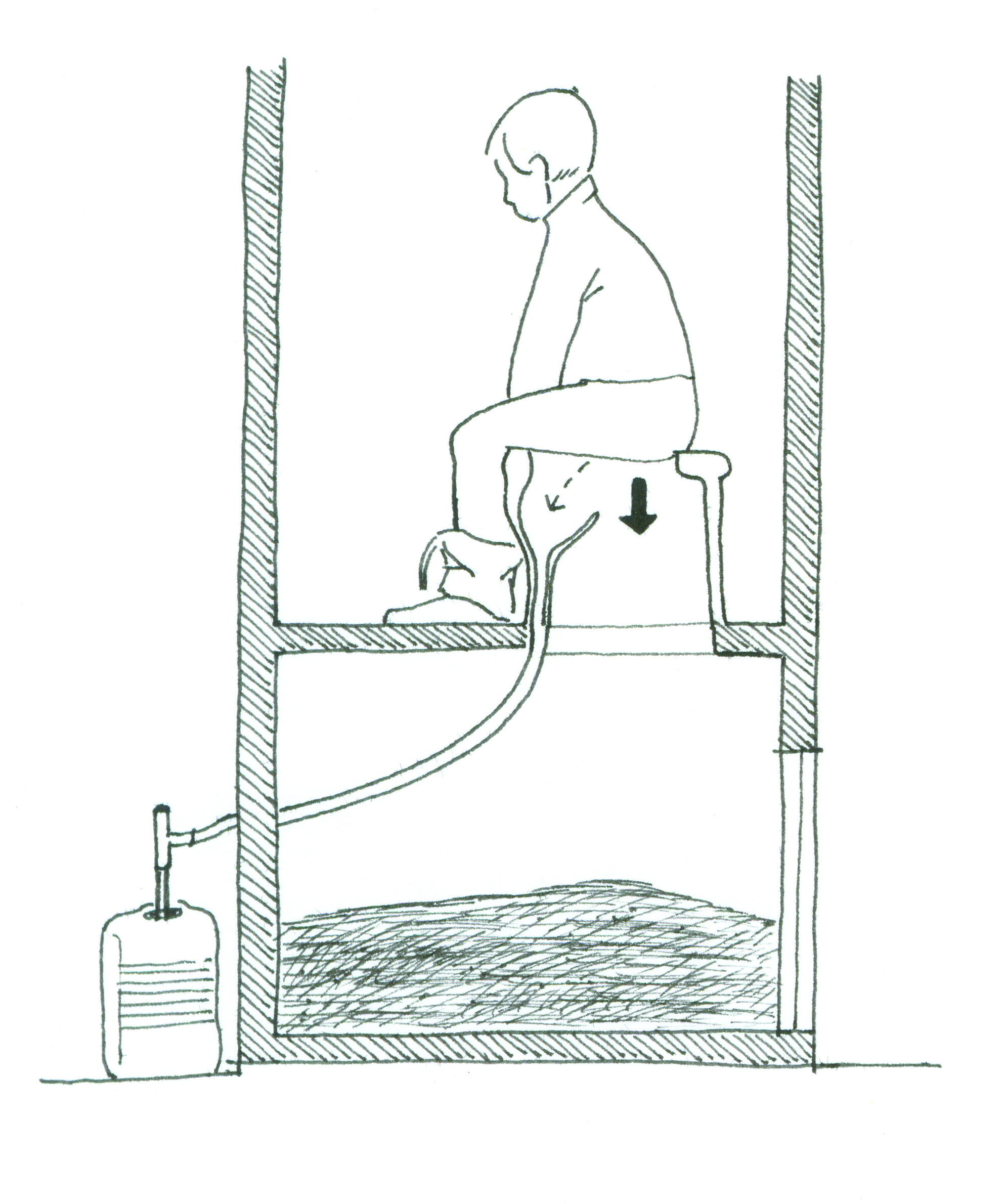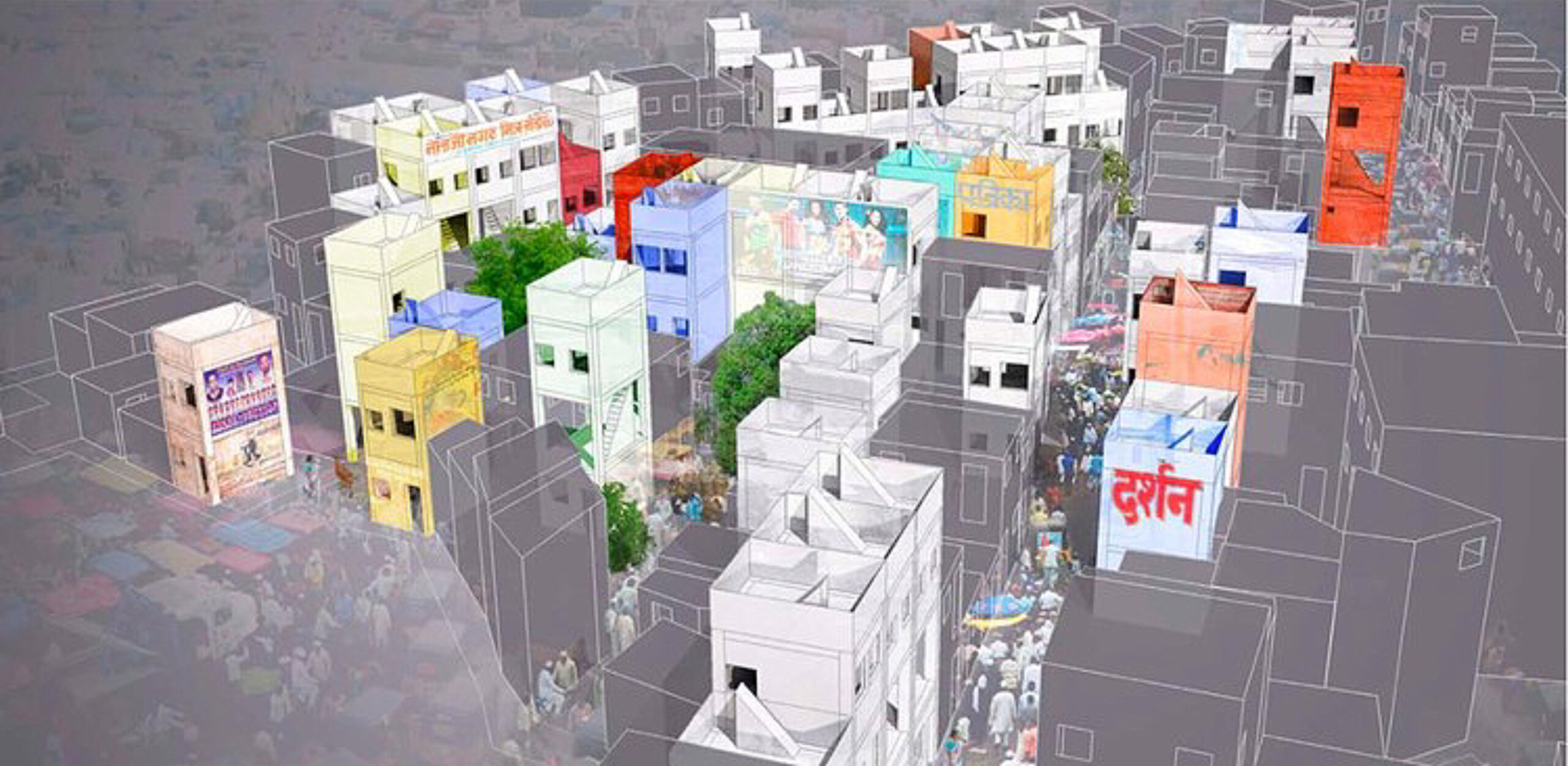
Section diagram showing how gray water is diverted
| Location | Cuernavaca, Mexico |
| Date | 1980 |
| Organization | Centro de Innovación en Tecnología Alternativa |
| Designer | César Añorve |
| Additional Consultants | Gustavo Esteva, Iván Illich, Jean Robert |
| Manufacturer | Tecnologías y Sistemas Ecológicos (TESEC) |
| Cost | $27–54 (stand-alone toilet), $150–550 (complete system) |


The toilet with its diverting panel in place, and with the panel lifted. All images CITA AC
Nearly half the water used in a typical Mexican home goes straight down the toilet. The Ecological Dry Toilet both conserves increasingly scarce water and creates fertilizer. The design mounts a conventional toilet seat over two chambers—one active, where waste is collected, the other passive, where waste composts while the other chamber is in use. The toilet diverts urine to a tank where it settles before being used as fertilizer. Solid waste passes to the active chamber, which is “flushed” with ash or lime rather than water to speed composting and neutralize odors. When the active chamber is full, it is sealed off and the waste is left to compost for 18 months or more. Meanwhile, composted waste is emptied from the second chamber, which then becomes active again. Because the waste streams must be separated, the group also created a dry urinal for men and recommends that homeowners install both.
While the toilet can be utilized with traditional plumbing, it is especially useful in areas that lack full sanitation services. TESEC, a small local business development firm, helps communities build new industry by setting up low-tech facilities to cast the toilet bowls from fiberglass or cement.
















READ OR LEAVE A COMMENT